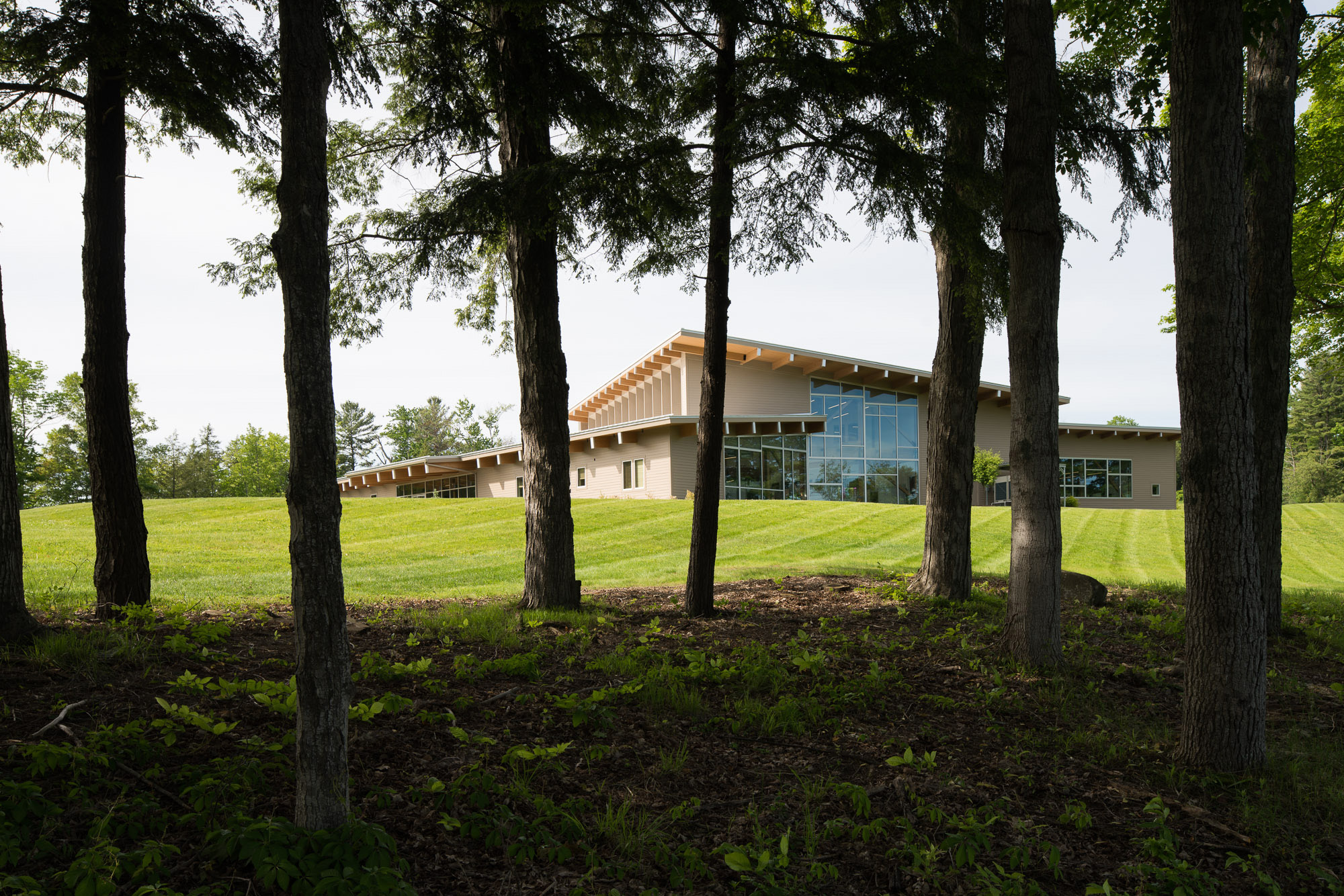We finally made it to Granada, Spain, last week, to see the Alhambra. This has been on our travel list for a long time. Or ever since Jack Wells, our architectural history professor, raved about its cultural importance in history class. It truly was a magical experience.

Very briefly, the Alhambra is regarded as one of the most complete expressions of Islamic architecture. Construction began in 1238 and continued for around 100 years. Much of the architectural experience is the result of the fantastic geometric detailing of the interior. In the early Middle Ages, the Islamic world was the center of scientific knowledge. The geometric intricacy of the tile patterning and plaster surfaces bear witness to this superior technical knowledge.
The mexuar, or council meeting hall, shown above, contains many interesting geometric designs, mostly in tile, and some in wood. We took both overall and close up photos of the variations of the tile patterning. Repeating geometric patterns are the basis to these designs, and while drawing the next morning, it became apparent that the underlying geometric constant of this particular pattern was the triangle.
To illustrate this triangular geometric organization, consider our line overlay of a detail of the wall, shown below. The red triangular lines demonstrate the primary large scale geometric divisions. The green and purple lines address the triangular divisions at smaller scales. The arced orange lines always start and end at a triangular locus. The smaller hexagonal shapes, also composed of triangles, spring from specific points on the arcs. So while the overall pattern is inherently pleasing and seemingly fanciful, this is because of a strict underlying, repetitive geometry.

The drawing below was generated the next morning. It is an exploration of the underlying geometric patterning. And it tries to extends that patterning in a Transparent Drawing manner in which movement is made toward holistic form.

